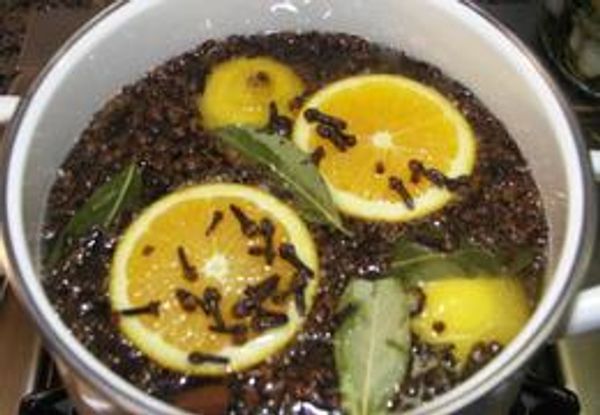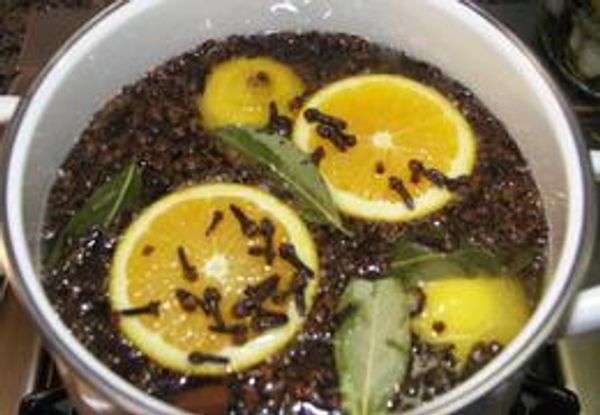Watermelon juice is a refreshing, hydrating drink, especially during summer. But did you know you can store watermelon juice and enjoy it for up to 12 months? By using proper methods, you can preserve its fresh taste and nutritional benefits long after watermelon season is over. Here’s a simple, effective guide on how to store watermelon juice for an entire year.
Ingredients and Materials:
- Fresh, ripe watermelon (enough to make your desired amount of juice)
- A blender or juicer
- Fine mesh strainer (optional, for smoother juice)
- Glass or BPA-free plastic containers with airtight lids
- Freezer-safe bags (optional)
- Lemon juice (optional, to help preserve freshness)
Step-by-Step Instructions:
1. Prepare the Watermelon Juice
- Cut the watermelon: Slice the watermelon and remove the rind and seeds. Cut the flesh into cubes.
- Blend the watermelon: Place the watermelon cubes in a blender or juicer and blend until smooth. If you prefer smoother juice, you can strain it through a fine mesh strainer to remove any pulp.
- Add lemon juice (optional): To enhance preservation, you can add a tablespoon of fresh lemon juice per liter of watermelon juice. Lemon juice acts as a natural preservative and keeps the juice tasting fresh longer.
2. Choose Your Storage Method
There are two effective ways to store watermelon juice for 12 months—freezing and canning.
Freezing Watermelon Juice
This is the easiest method and ensures the juice stays fresh for months without losing flavor or nutrients.
- Pour the juice into containers: Use glass or BPA-free plastic containers that are freezer-safe. Leave some space at the top (about 1 inch) as the juice will expand when frozen.
- Alternatively, use freezer bags: If you prefer, pour the juice into freezer-safe bags. Lay the bags flat in the freezer to save space.
- Freeze: Store the juice in the freezer for up to 12 months. When you’re ready to drink it, just thaw it in the refrigerator for several hours or overnight.
Canning Watermelon Juice
If you prefer to store the juice without freezing, you can use the canning method. This requires a bit more effort but will also preserve the juice for up to a year.
- Sterilize jars: First, sterilize your glass jars and lids by boiling them in water for 10 minutes. Make sure they’re completely dry before using.
- Heat the juice: Bring the watermelon juice to a boil in a large pot. This step helps kill bacteria and extends the shelf life.
- Fill the jars: Pour the hot watermelon juice into the sterilized jars, leaving about 1/2 inch of space at the top. Seal the jars with airtight lids.
- Process in a water bath: Place the sealed jars in a large pot of boiling water, making sure they are fully submerged. Boil for 15 minutes to ensure proper sealing and preservation.
- Cool and store: Remove the jars from the water bath and let them cool. Store them in a cool, dark place. The juice will last for up to 12 months.
3. Thaw and Enjoy
When you’re ready to enjoy your watermelon juice, simply thaw it in the refrigerator overnight or place the jar in warm water to speed up the process. Once thawed, the juice can be enjoyed as a refreshing drink or added to smoothies and cocktails.
Bonus Tips:
- Label your containers: Always label your containers or jars with the date so you know how long they’ve been stored.
- Shake or stir: Once thawed, give the juice a good shake or stir to mix in any separation that may occur.
- Enjoy frozen: If you want a quick, slushy treat, drink the watermelon juice while it’s still partially frozen for a delicious, icy beverage.
Conclusion
Storing watermelon juice for 12 months is easy and preserves that fresh, sweet flavor long after summer has passed. Whether you choose to freeze or can your juice, this method ensures you can enjoy watermelon’s refreshing goodness year-round. Follow these steps, and you’ll always have a taste of summer in your fridge or pantry!










